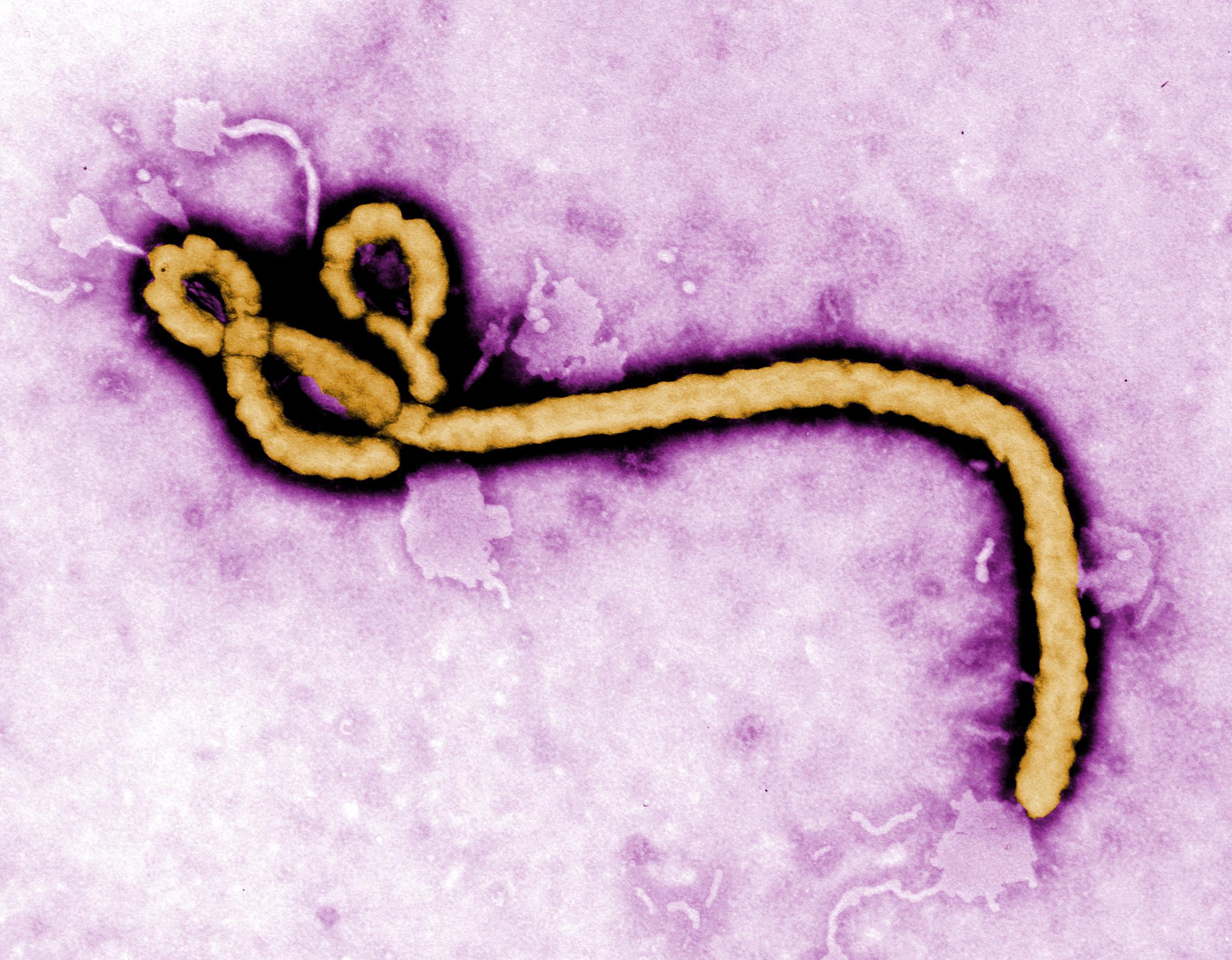Why Ebola Keeps Coming Back
By:
Up until recently, scientists and medical professionals were puzzled at how the Ebola virus continues to pop up in regions that have been declared "Ebola-free." A new study may reveal the cause; the virus may be able to lie dormant in survivors for much longer than anticipated.
Published Friday in the journal Science Advances, an international team of researchers has uncovered what they believe to be evidence that Ebola can persist in a survivor's eyes and sperm — even after they're better — for more than a year, re-emerging to infect others again. They refer to this as "persistent infection."
"We believe that most, if not all, the clusters of new Ebola cases have come from [persistent infections in] survivors, but sometimes it's very hard to determine that with certainty," said Dr. Thomas Frieden of the Centers for DIsease Control and Prevention to NPR.
This would explain several recent flare-ups of the disease in areas of West Africa that the World Health Organization has previously designated free of Ebola. Originally, scientific thinking was that these instances were introduced by a non-human vector of the virus. But new research is beginning to challenge that belief.
What is "persistent infection"?
Normally, when someone recovers from a disease like Ebola, their immune system should clear the virus completely from their system. This is why a person isn't contagious anymore if they survive the initial infection.
In some cases, however, the Ebola virus will linger in areas of the body that the immune system is unable to clear, such as spinal fluid, breast milk, in the testes, and inside the eyes. This can lead to the reemergence of the virus, and the potential for a dormant virus to infect others.
How do they know new infections are from survivors?
As the research team explains it, recent new cases in Liberia in June of 2015 were a genetic match to those of the Ebola virus that circulated in the country almost one year earlier. Normally, over that many months, a virus would mutate. But in this case, there was no mutation, which indicated to scientists that the new Liberian cases came from a dormant virus not a new infection.
What the team has yet to figure out is who patient zero is, and how the virus was transmitted this time. There's some evidence to suggest that it may have occurred through female-to-male sexual contact. Transmission has only been documented so far from an infected person's semen, but this raises the question of whether women can also infect men with Ebola through sex.
"Sexual transmission is our No. 1 concern," infectious disease expert Dr. Daniel Bausch of Tulane University told NPR.

 CDC Global -
CDC Global -